What are Oysters? How do they make Pearls?

Did you know that the chances of finding a pearl in an oyster are 1 to 10,000? Fascinating, right?
Well, to be precise, the existence of such a stunning piece of art itself is incredible. Humans have always found pearls riveting. Unlike other jewelry gems and metals, pearls aren't found buried in the soil or rocks but are found in living organisms called oysters.
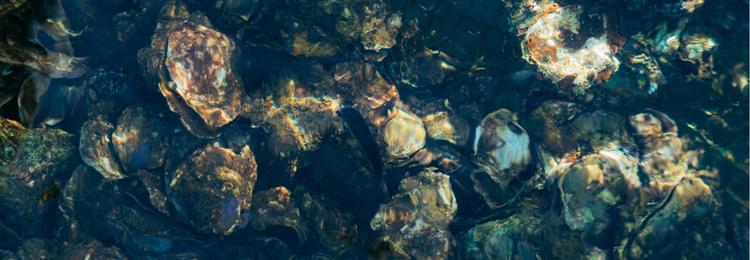
In contrast to most beliefs, oysters aren't the only mollusks that produce pearls. Mollusks like Mussels and Clams also create pearls, but quite rarely.
However, one cannot stop thinking about what these oysters are and how they do that. Please read this blog better to understand oysters' role in pearl formation.
What is an oyster?
Origin:
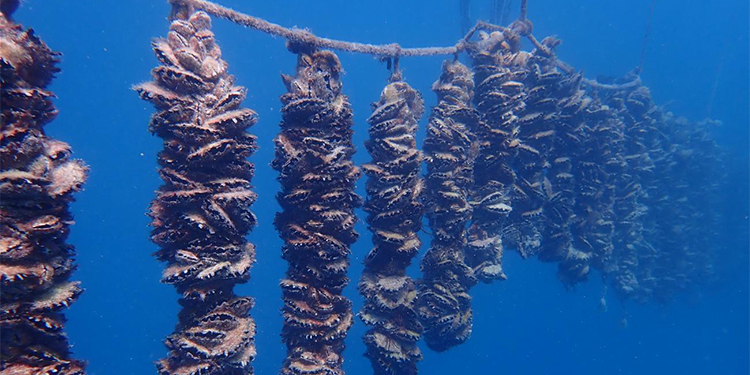
Zoologists have discovered that Oysters existed long before even humans. As per their studies, the first oyster appeared in the Triassic period around 200 million years ago. The early existence was proved by the discovery of an oyster fossil that dates back 145 million years.
Classification:
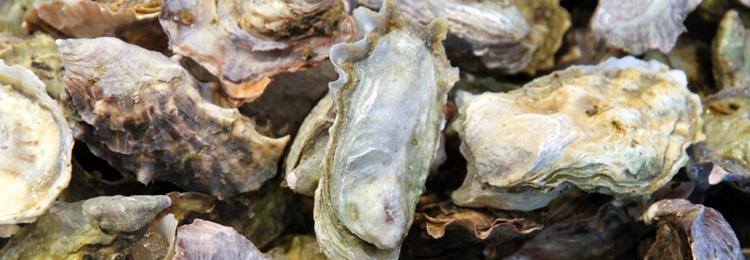
Any bivalve mollusks belonging to the family Ostreidae or Aviculidae; are called Oysters. The Aviculidae is called pearl oysters and have been appreciated for precious pearls for centuries. However, Ostreidae are known as true oysters, and for more than 2,000 years, these edible oysters have been cultivated as a food source.
All these mollusks families characterized as bivalves are mainly found in warm and temperate coastal waters of oceans.
Appearance:
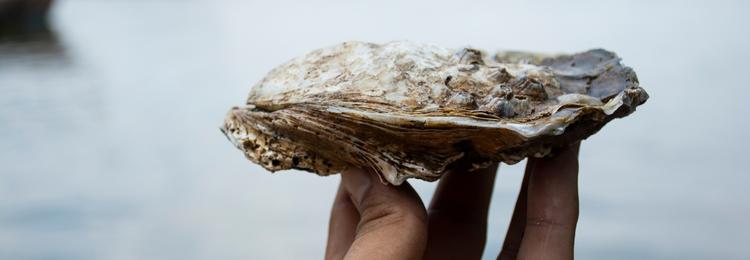
The oyster shell consists of two irregular valves that are rough in texture and have a dirty gray color. The lower and upper valves of oyster shells are smoother and porcelain white from the inside.
The lower valve is larger and remains attached to the ground or some flat surface to provide stability to the oyster. Usually, the lower valve has smoother edges than the upper valve and is flat in shape. However, the upper valve is smaller and more convex in shape, with a slightly higher elevation in the middle than the edges.
An elastic ligament tightly holds both valves together from the narrow ends to keep them together. To close the oyster's shell on the pull of this elastic ligament, a central muscle called the adductor muscle helps in closure.
Internal Structure of Oyster:
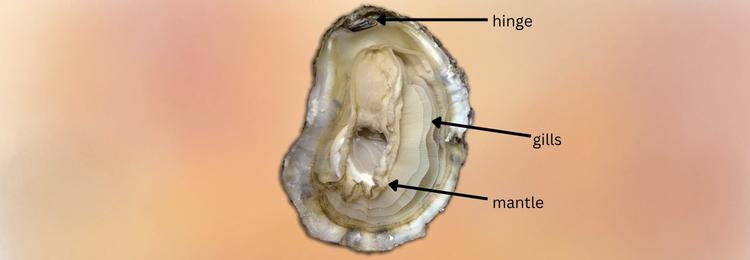
Many of you might not know that oysters don't have a head. The body is divided into 3 main sections: mantle hinge and gills.
● The mantle is the fine tissue that handles the formation and development of an oyster shell. It covers the oyster's body completely and is responsible for nacre formation inside the shell.
● Where the adductor muscle keeps the mature oyster shells close, the hinge governs the opening of the oyster.
● When these valves are opened, cilia on the gills of pacific oysters draw water inside in a wavelike motion. The gills of eastern oysters play a huge role in respiration as well as feeding.
On average, oyster intake about two to three gallons of water. Some minute organic particles present in this water are the food source for these fresh oysters.
Along with the sections mentioned above in detail, the body of pacific oysters consists of the following parts:
● Mouth
● Heart
● Stomach
● Intestines
● Anus
Reproduction:
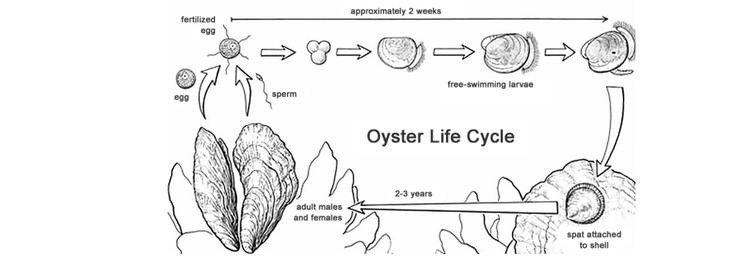
The reproductive system of oysters is quite interesting due to the presence of multiple sex organs. However, this isn't the case with all oysters, as some contain sex organs of only one gender. Female oysters release thousands of eggs into water that fuse with sperms to form upcoming offspring.
Another interesting fact about oysters' reproduction is that oysters with both sex organs can develop one sex in the early years of their life and the other sex in the later ones. For example, some oysters are males in their young years and develop female sex organs as they ages.
How do oysters make pearls?

Precisely speaking, the necessity for protection is the actual reason that compels an oyster to make pearls.
Yes, you heard it right! It is the defense mechanism of oysters that fabricate pearls. They don't create the most exquisite jewel for humans, purposely.
Composition:
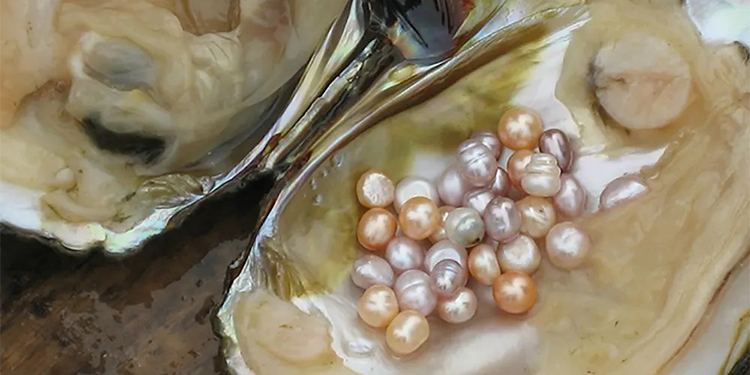
When some irritant, food particles, or parasite enters the shell, the oyster senses its presence and secretes the materials it uses to build its beautiful shell. There are two materials, Conchiolin ("KON-kee-uh-lin") and aragonite ("ah-RAG-uh-nite"), which surround the irritant or parasite in the form of layers.
Structure:

Material Aragonite has six-sided crystals arranged in thin sheets, and in between these sheets, thin layers of Conchiolin (membrane-forming protein) are secreted by the oyster. That's how the pearl is created. The overall material is called Mother-of-pearl or Nacre. The overall process is too slow and can take years.
The Nacre also made the shell of the oyster, which is smooth and soft to keep the oyster squishy. However, the material is extremely hard from the outside and protects Japanese oysters from external conditions.
Lustrous nature:
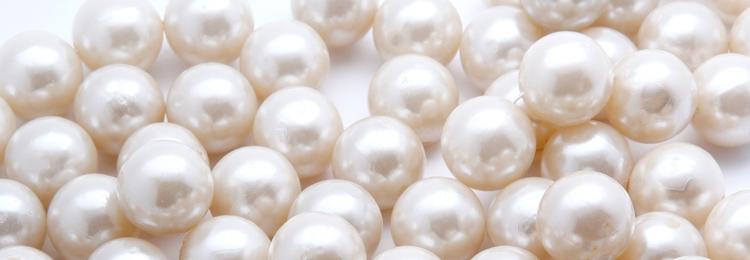
Pearls are highly lustrous due to the reflective nature of the material nacre. Because of that, all the nacreous pearls are famous for their shiny texture. The pearls with low luster are non-nacreous pearls that have a porcelain-like surface. Low luster is due to the perpendicular or angular arrangement of the needle-like crystals of aragonite on the surface of pearls.
On a commercial scale, the oyster breeders intentionally insert the irritant to trigger the pearl formation by the live oysters to produce mother-of-pearl. However, natural pearls are considered the most precious and costly due to their natural existence and the efforts to find them deep down the ocean.
Does taking the pearl to kill the oyster?

The major predators take the pearls out of the shell of the oysters and eventually kill them. Oyster breeders benefit from the expensive pearls, sell the mussel meat as seafood, and use the shell for decorative purposes.
To be short, pearl removal doesn't kill the oyster; however, there is no chance it can survive after completely opening its shell. For that reason, breeders use every part of the oyster they can sell for their good to take the most out of the situation.
It is pretty expensive; Olympia oysters pay to create such heavenly pearls. Many people are against breeding, eating oysters, and pearl extraction. Such a massive repulsion against mollusks fishing is because, being the bottom feeders, excessive fishing of mollusks negatively affects the environment.
Frequently asked questions
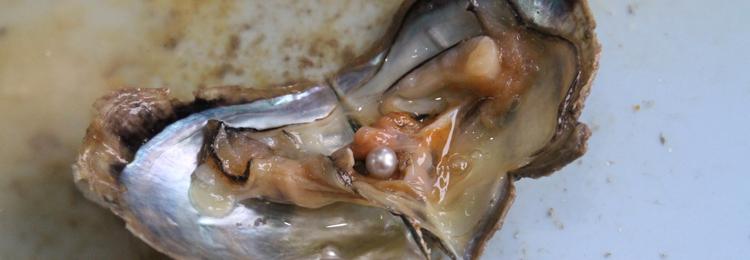
How long do oysters live?
On average, an oyster can live up to 20 years. A juvenile oyster(spat) enters maturity one year after its birth. After the first year, the oyster can easily form pearls.
How Long Does it Take to Make a Pearl?
A small pearl can be ready within six months after the irritant enters the shell. However, the larger pearls take even four years to develop to their optimum size. Pearl formation takes a lot of time; that's why they are too rare and costly.
What are the odds of finding a pearl in an oyster?
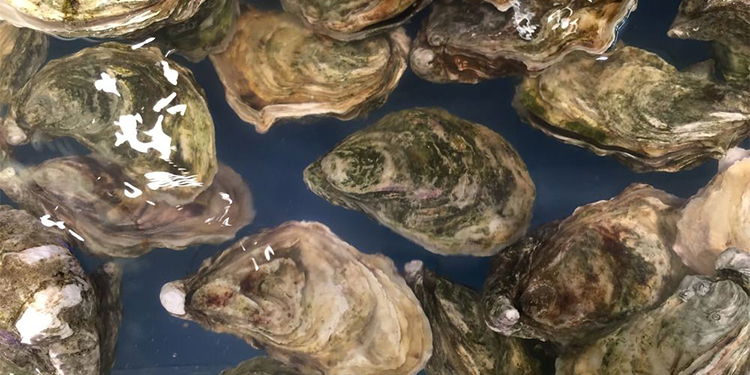
Surprisingly, there are about 1 in 10000 chances of finding a pearl in an oyster shell.
How do you extract pearls from oysters?
A harvester uses surgical instruments to remove the pearl from the oyster shell. The harvester makes a small slit in the mantle tissue with the surgical instrument and gently takes out the pearl.
How do you know if an oyster has pearls inside?
From the outside, one can never tell if an oyster shell has a pearl inside or not. For that, you have no option other than opening the shell. Only a visible inspection after the shell opening can provide surety if the oyster has a pearl. Despite this, there are many chances that an old, big oyster has pearls.
Can oysters produce colored pearls?
Although white pearls are the most common, that doesn't mean pearls just come in this color. There is a huge color variety in pearls. They come in red, gray, blue, green, pink, and many other colors. The pearls native to the South Pacific are black and are pretty costly.
The gold pearls are one the most expensive of all. That's why the South Sea pearls are available in white and gold, but the darker the color, the more pricey it costs.
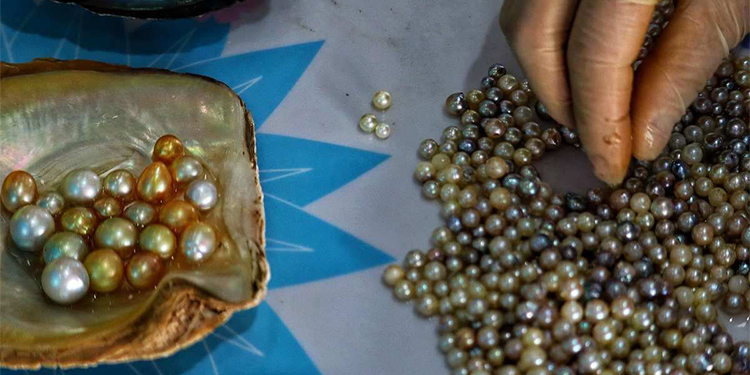
What is the rarest oyster pearl color?
All around the world, naturally colored Blue Pearls are the rarest pearl colors. These pearls existed for ages, but there is great hype in the market for blue pearls due to their scarcity.
Which country has the best pearls?
As per most beliefs, Akoya pearls obtained from Japanese oysters are the best pearls in the world. Akoya pearls are perfectly round and highly lustrous from pearls found throughout the world.


Leave a Comment